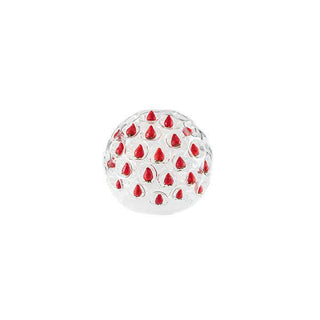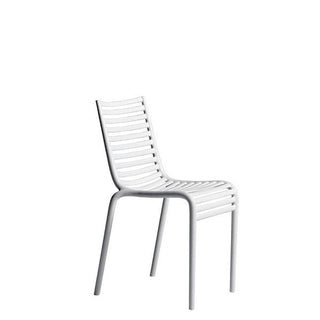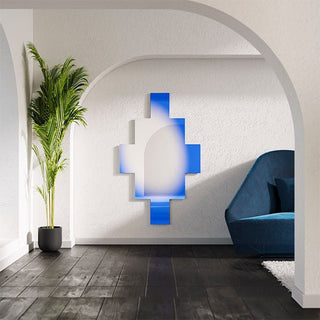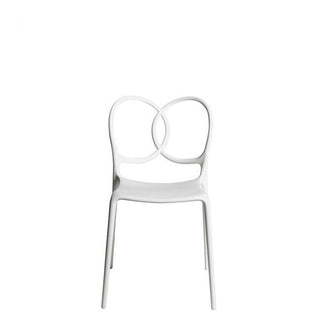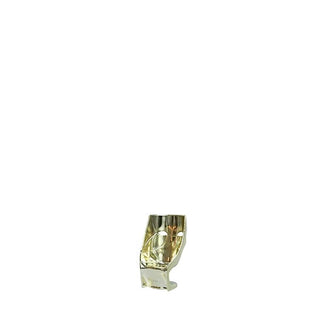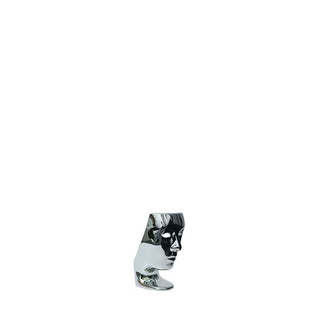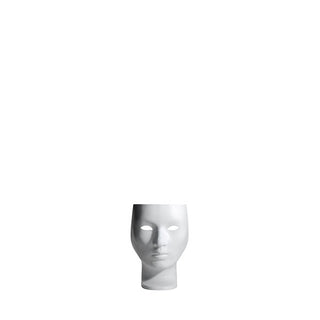DRIADE
Driade - Aesthetic Laboratory
Driade is an aesthetic lab in continuous search for beauty in living space. The vast Driade catalogue includes home, garden and public spaces furniture. Pieces of art and objects for daily use, souls that blend each other harmoniously. All this makes Driade unique in design world. The aesthetic lab is the result of the desire to introduce experimentation into mass-produced products. The search for creativity in each product constitutes the mission of the enterprise itself. Driade creates products that are unique, eclectic, eccentric but at the same time elegant, timeless and, above all, joyful. Within this alchemy of means of expression and sensations, everyone finds a Driade that it looks like him. The art of living is based on the idea that eclecticism, blend of cultures, curiosity and surprise are the true essence of our age. A bent for listening, a state of alert, an attention to register the signs coming from outside and then translate them into daily products. Being permeable to differences makes Driade project one that is open to the future. Driade denies the flatness of globalization but grasps at the freshness coming from the multiplication of places and the development of ideas.
1968 Driade is born, the Aesthetic Laboratory always evolving
Driade is born in 1968 thanks to the joint efforts of a founding group formed by Enrico Astori, the art director who from the beginning defines the product and communication policies; Antonia Astori, a designer who is also the author of the company’s architectural image; Adelaide Acerbi in charge of the brand’s image and communication. Since the beginning Driade asserts itself for the quality of its creative offer and for an industrial policy heavily geared towards innovation, a synergy of three core designer elements: project planning, execution and advertising. Producing design furniture as individual art objects following the rules of collecting. This is how Driade develops as a factory of art.
1968 - 1973 The debut: Oikos and the first icons of design
In 1968 the onset of Driade coincides with the presentation of the system of containers “Driade 1”designed for laying the basis for an interpretation of the typical “container” as an active tool in designing spaces. With this silent revolution, Antonia Astori brings design back into the architecture: the wardrobe becomes a wall and, thanks to “Oikos” (1972) it turns into a partition wall. It is a global system of furniture with which you can build an infinity of piece of furniture, an interface between before and after. The history of Driade in early years is strictly bound to italian design, embracing the professional certainty of Giotto Stoppino and Rodolfo Bonetto, the moral revolution of Enzo Mari, the artistic and behavioural revolution of Nanda Vigo, the classic perfection of Massimo and Lella Vignelli, and the young brashness of De Pas – D’Urbino – Lomazzi.
1969 Due Cavalli armchair
The armchair with chromed tubular iron structure and quilted padding recalls in shape and detail the seat of the legendary CITROEN 2 HORSES car. De Pas, D'Urbino and Lomazzi, inventors of new shapes and new ways of using materials, perform a "pop" action.
1970 The avant-garde of Nanda Vigo in a Blocco
"In a house, many elements of furniture are needed for well-being and should be 'movable', which in reality, once positioned, remain 'fixed'. The tendency to overload the space has always been unacceptable to me, so I have always worked to the limit of what is necessary". Nanda Vigo. The Blocco seat is born with this aim in 1970, it is an authentic icon, still in the collection and proposed with a spirit of joy in the choice of coverings.
1972 The stylistic elements and elegance of Enzo Mari's design in Sof Sof
This chair has harmonious lines that convey the essential elegance of the design by Enzo Mari. Made by Driade in 1972, and redone in 2015, Sof Sof is a timeless icon. The structure is almost a sculpture, made up of nine steel rod rings that simultaneously define the top of the seat and the shape of the back.
- 1
- 2
You’re viewing 1-16 of 19 products





